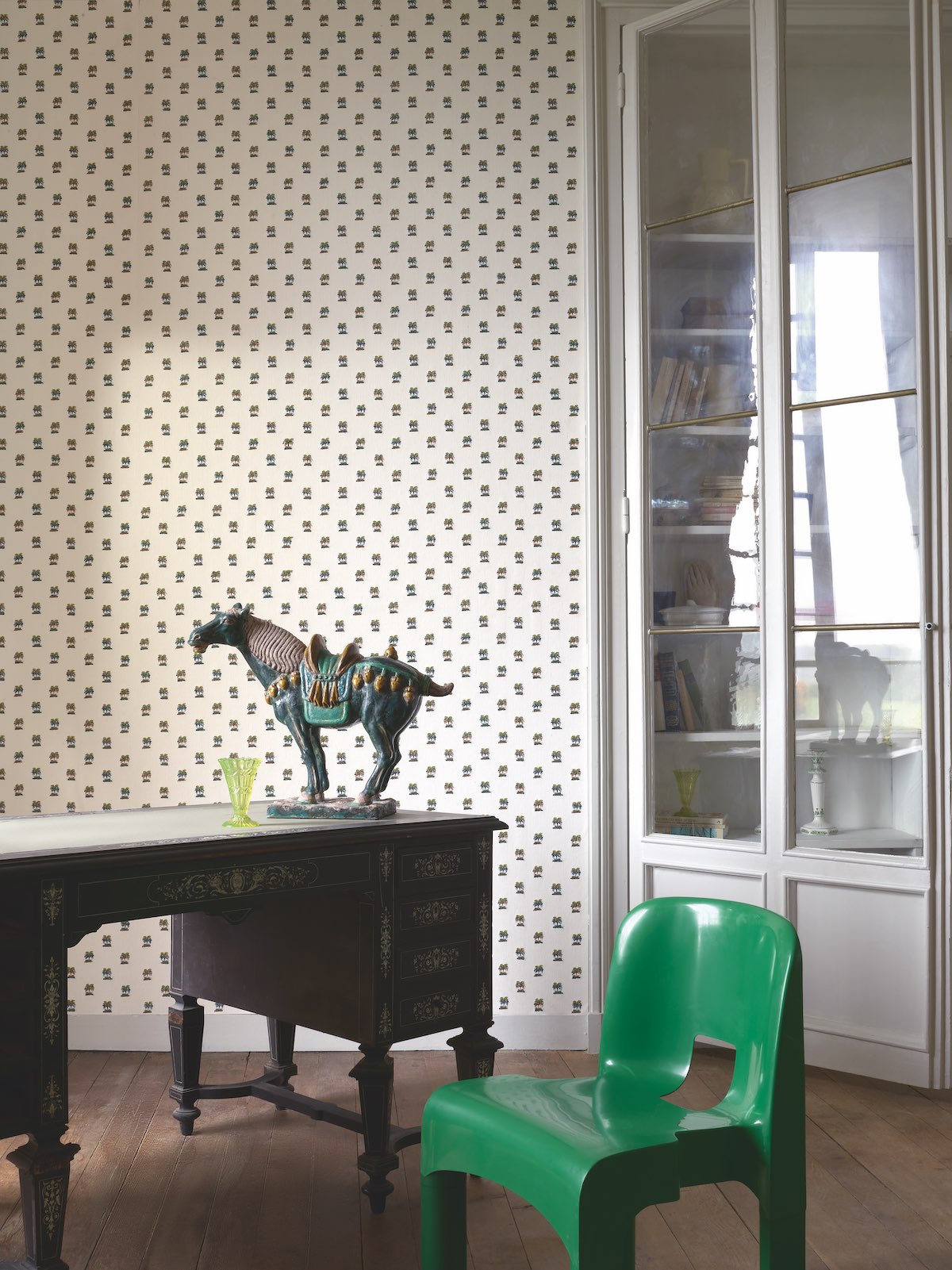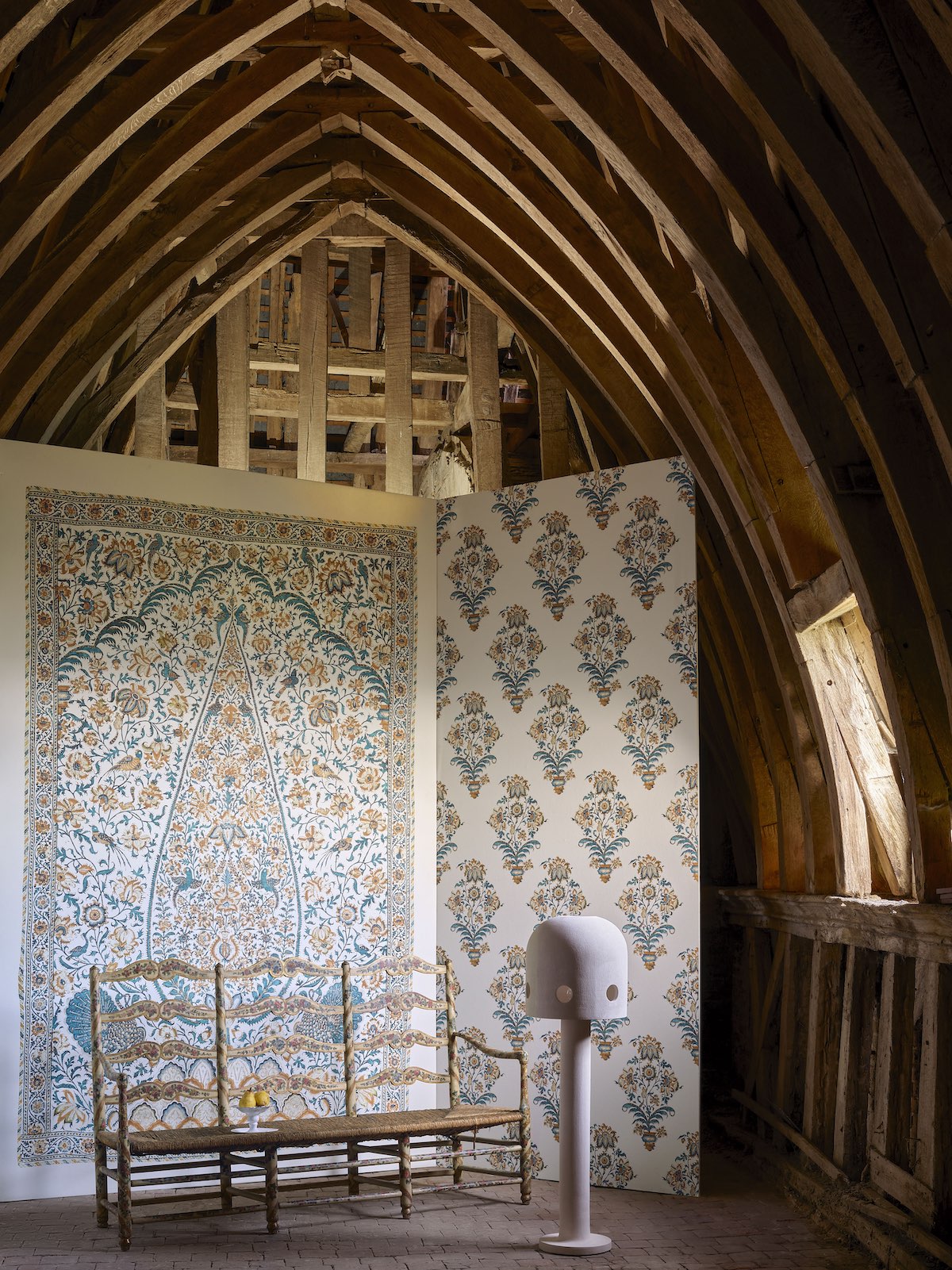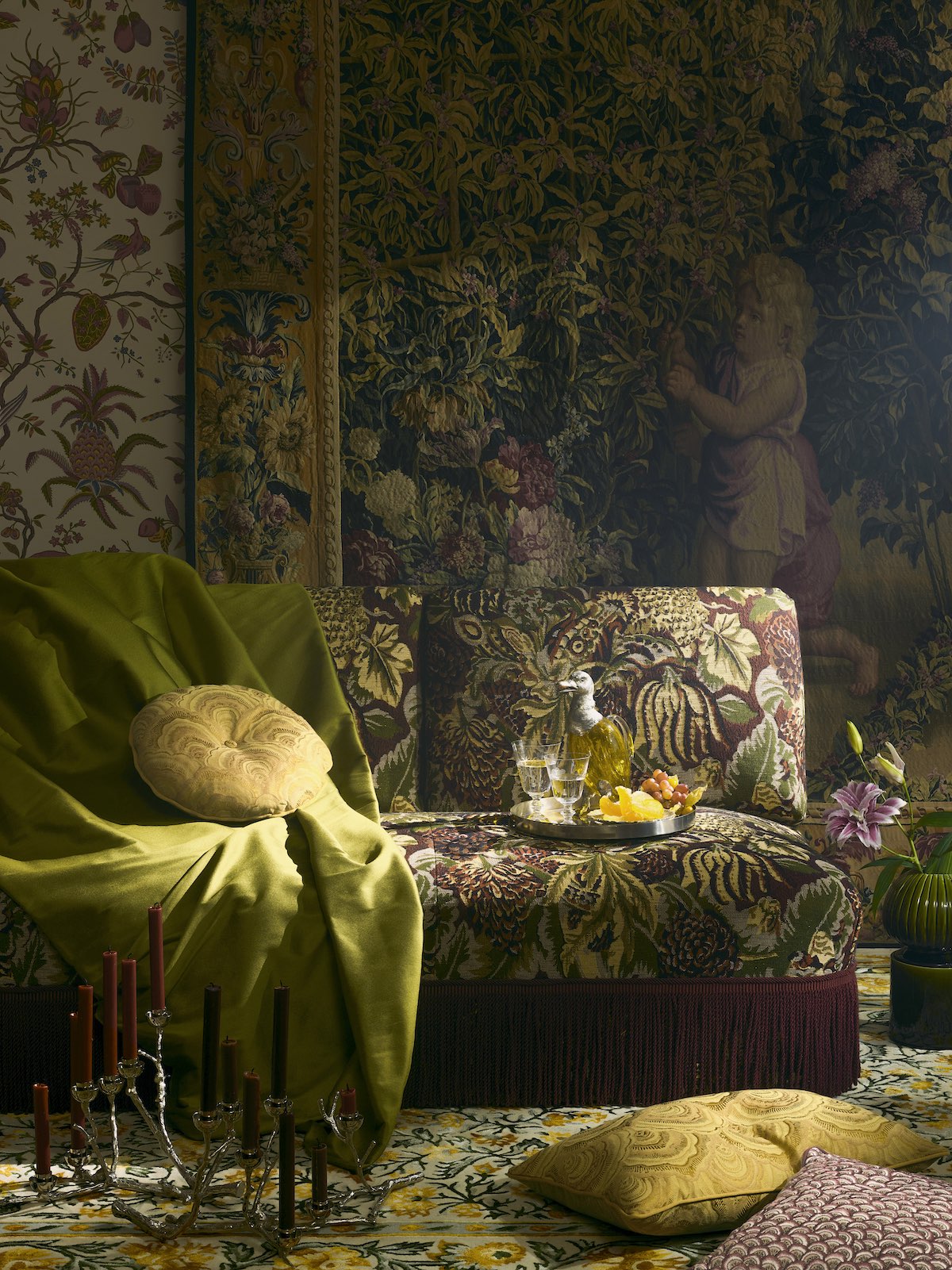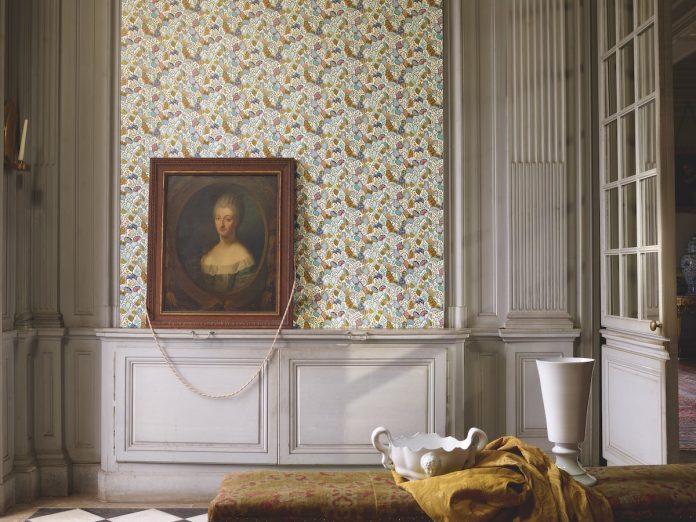In the world of textiles for décor, Braquenié is a special name, renowned for decorative impact with classical and 100% French roots. The story of the brand began in 1823, and the starting point was carpets. Thirty years later, Braquenié Frères was a synonym for good taste and elegance, and the production expanded into fabrics: even Napoleon III wanted them for his own private train.


A long history, spanning two centuries: to celebrate this anniversary, the maison (which was purchased in 1991 by Pierre Frey) has launched a collection, 1823-2023 Anniversaire, beating witness to an exceptional, timeless decorative legacy. The quintessence of French style.
For the launch, an extraordinary installation has been created at Château de Louÿe, in Normandy (already cited in 1180 as a fort), which for the occasion has been completely decorated with fabrics from the collection, in a setting open to a selected group of clients and guests.


The collection is truly vast: 54 fabrics, 24 wallcoverings and 12 panoramas (printed, woven or embroidered), 40 rugs joined by 4 carpets. Some of the decorative effects have been produced for the first time, and they all stem from exploration of archival documents. This world is organized around four main themes: the Toile de Jouy, the pleasures of the countryside, fashion, and exoticism (Braquenié is famous for its fabrics inspired by India).
The collection also includes motifs based on documents from the Musée de Jouy, the Musée des Arts Décoratifs, the palace of Versailles and the Louvre. The patterns have been accurately reproduced, but also reinvented with contemporary colors, in a dialogue between the present and the tradition. An erudite reinterpretation of the past, and above all a manifesto of the “art de vivre.”







